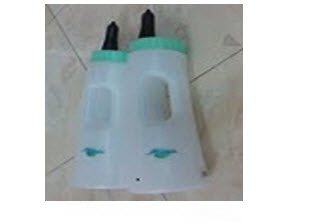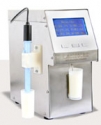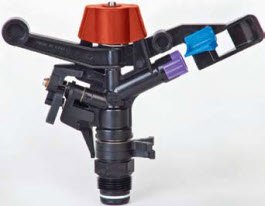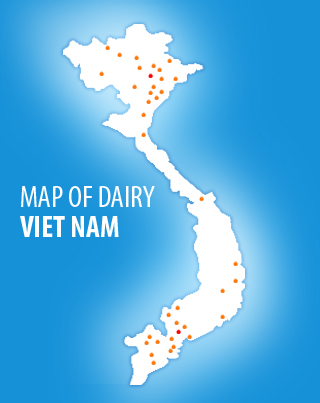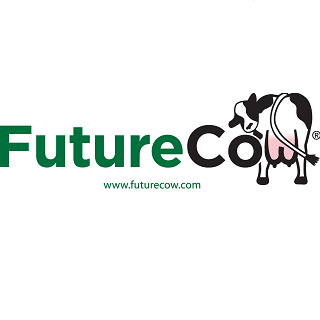News
CME: Total Inventory of Cattle in Feedlots on 1 November Higher Than a Year Ago
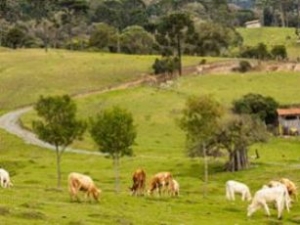
At the bottom of this page we have included our regular weekly production and price summary. Please note that this information reflects a compendium of USDA statistics that, at the time of publication, reflects estimates or prices reported through Friday. Readers that maintain supply and price series should always be aware of the revisions that are made to this data over time.
According to USDA, on 1 November the total inventory of cattle in feedlots with +1000 head capacity was 11.831 million head, 1.2 percent higher than a year ago and just 0.1 percent lower than what analysts were expecting. The big increase in placements during October and a lower marketing rate caused the inventory to increase rapidly. The lower than normal marketing rate in September and October has resulted in larger front end supplies.


On 1 November, we estimate the inventory of +150 day cattle was 2.112 million head, 9.9 percent higher than a year ago. The inventory of +120 day cattle was 3.912 million head, 2.3 percent higher than last year. Higher front end supplies and large placements of heavy cattle may limit the upside for cattle prices this winter.
The main point of debate coming into these feedlot surveys is the number of cattle that entered feedlots in the previous month, something that is reflected in the wide range of pre-report estimates. The USDA survey number was below the average of analyst estimates but we think the difference was significant enough to impact the supply outlook.
Still, there was a lot of talk floating around of huge placements in October and the fact the inventory was a bit lower than expected may be construed as supportive for prices in the spring. USDA reported that feedlots placed 2.477 million head of cattle on feed last month, 10.2 percent more than the previous year.
Analysts, on average, were looking for a 12.2 percent increase. This was the largest October placement number since 2010 and the y/y increase of 229,000 head is consistent with the large number of +600 lb. cattle that were sold in the country during October. However, the increase in placements should be seen in the context of lower placements in late summer and early fall and the overall increase in the supply of cattle outside feedlots on 1 October.
In the previous three months (Jul/Aug/Sep), feedlots placed 181,000 fewer cattle on feed than the same period a year ago. Placement numbers continued to skew heavy, understandable as cow-calf operators have been incentivized (and able) to add pounds outside feedlots. Placements of cattle between 800-899 pounds were 475,000 head, 112,000 head or 31 percent more than the same period a year ago.
Placements of cattle between 900 and 999 pounds were 230,000 head, up 50,000 head or 28 percent higher than a year ago. By comparison, placements of light calves at 600,000 head were 40,000 head or 6 percent lower than last year. This placement structure should have some impact on the Feb-Apr and Feb-Jun spreads. But it is also important to keep in mind that, important as these supply numbers are, the key for the cattle and beef market remains demand.
Global beef prices were explosive in October, with prices in markets such as Brazil and Australia showing a dramatic increase as Chinese buyers quickly outbidding everyone else in order to secure product. In a somewhat circuitous way this has also affected the US beef market (see discussion on 11 November).
Feedlots marketed 1.875 million head of cattle in October, 0.6 percent less than a year ago. Analysts were expecting a 0.4 percent decline in marketings for the month, consistent with the number of fed cattle that were slaughtered in October.
We see the difference between expectations and actual survey results as immaterial. The feedlot turnover rate (ratio of marketings vs. inventory of +90 day cattle) was 32.4 percent, compared to 33 percent a year ago and 33.3 percent for the five year average.





